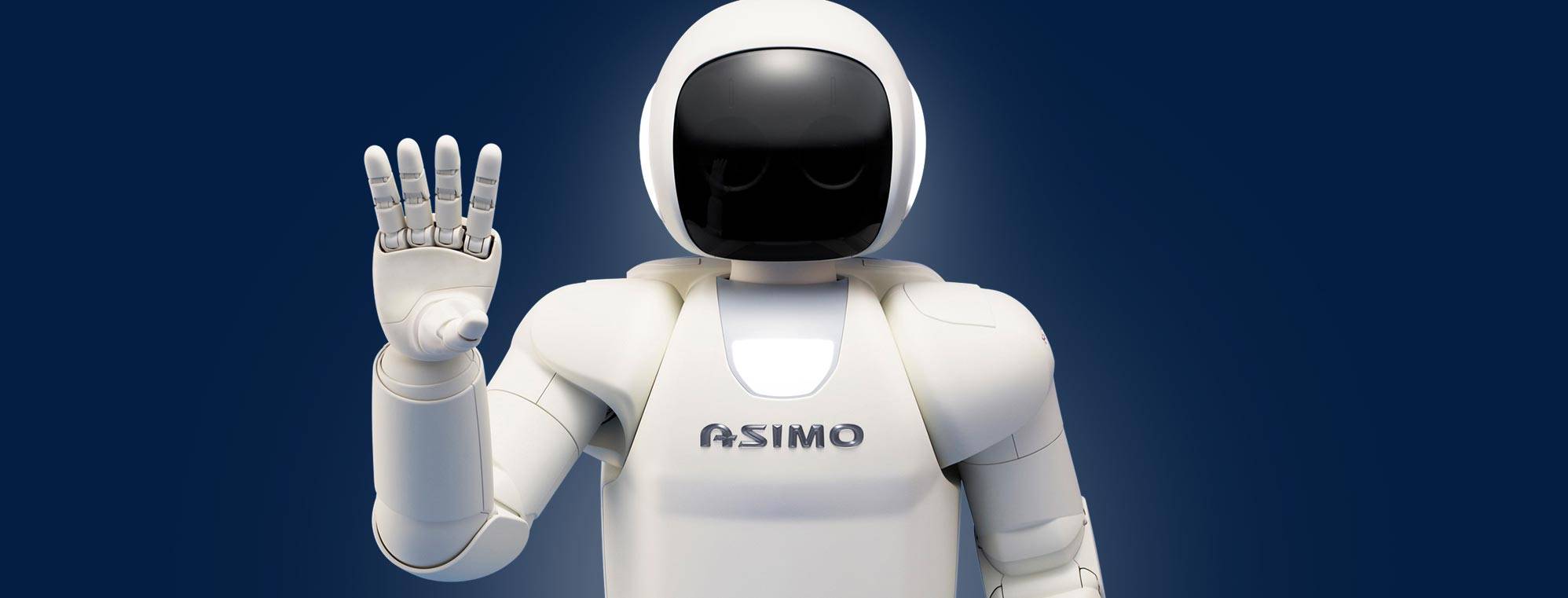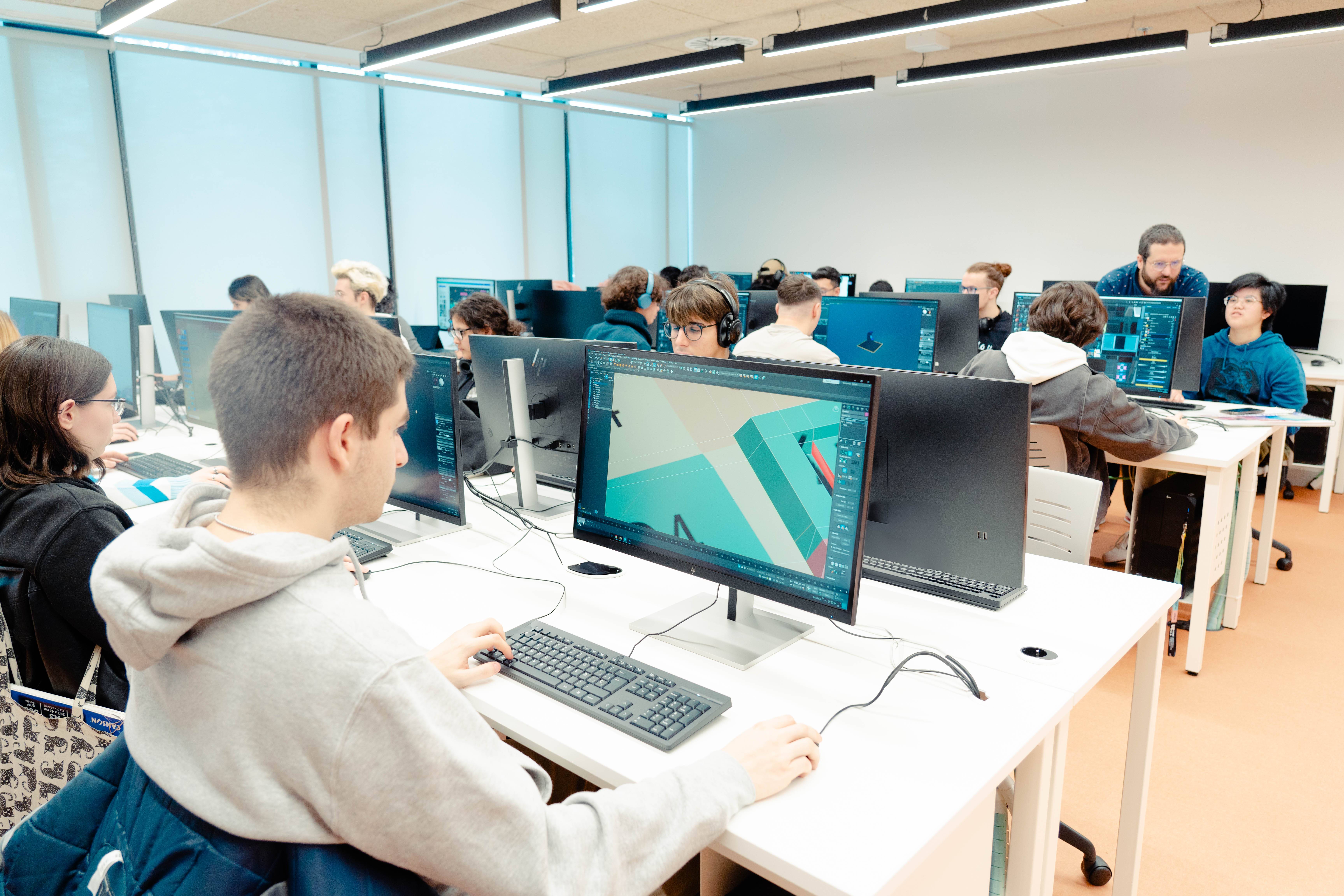Docker, Kubernetes and the future of applications
Application development has changed dramatically in recent years. From monolithic application programming, it has evolved towards modern architectures such as microservices (technology that breaks down a large application into small independent parts, like pieces of a jigsaw puzzle) driven by the adoption of agile methodologies.
What is a container?
These agile methodologies make it easier for developers to continuously improve their applications through rapid, incremental updates that optimise their quality and performance. To achieve this, it has been necessary to develop new technologies, containers being one of the most prominent.
A container is a "magic box" that contains everything necessary for an application or microservice to function correctly, no matter where that "box" is running (on a laptop, a server, a cloud instance, etc.). To make this possible, each container includes both the application code, as well as the necessary libraries and the specific configuration that allows its execution.
When an application begins to have a certain level of complexity, the number of containers required usually multiplies. A medium-sized application may use between 10 and 50 containers, each one dedicated to a specific functionality such as databases, web services, caching, load balancers, etc. Large-scale applications such as Netflix or the Google search engine use thousands of containers distributed in massive clusters.
In addition to the fact that, as we have seen, each container can be run independently, containerised development has many advantages, such as speed of deployment, efficiency in the use of resources (which they share with the operating system on which they are running), or scalability, since, in complex applications, containers make it easier to scale specific components of the programme according to demand, without the need to affect the entire system.
Docker or the most popular container
In this context, few developments have had as much impact on the technology industry as Docker, an open source platform that allows developers to create, run and manage applications within containers.
In this sense, Docker is the most widely used containerisation tool , with a market share of 82.84%. It is so popular that today, "Docker" and "containers" are used interchangeably.
However, early container-related technologies were available for years, even decades, before Docker was publicly released as open source in 2013. Docker's merit is not so much in having "patented" a technology, but in having made it accessible and easy to use, thanks to an intuitive interface and a set of tools that save developers a lot of time.
Compared to other platforms such as LXC, Docker stood out from the start by offering developers advanced capabilities, such as the ability to combine multiple processes in a single container, allowing them to create an application that continues to run while one of its parts is "down" for an upgrade or repair; or the fact that it incorporates its own version control, allowing them to track versions of a container image, revert to previous versions and trace who created a version and how.
Developers can run Docker containers on any operating system. In addition, all major cloud service providers, including Amazon Web Services (AWS), Microsoft Azure, Google Cloud Services or IBM Cloud, offer specific services to help developers build, deploy and run containerised applications with Docker.
Kubernetes and container orchestration
When applications grow in size and complexity, manually managing hundreds or thousands of containers can become an unmanageable task for any development team.
This is where the so-called container orchestration platforms come into play, with Kubernetes (developed by Google in 2015 as an Open Source platform) being the most popular.
So, while Docker allows you to package and run applications in individual containers, Kubernetes addresses the challenge of coordinating multiple containers in a distributed environment, acting as the "orchestra conductor" that ensures that all containers work together efficiently and reliably.
Among many other tasks, Kubernetes automates essential tasks such as distributing containers, monitoring their health and restarting those that fail, ensuring availability and performance. In addition, Kubernetes allows you to dynamically scale applications on demand, managing system resources efficiently. It also facilitates continuous upgrades and deployments, making it an ideal complement to Docker.
In modern full-stack development, both Docker and Kubernetes are essential technologies, ensuring that the development environment is consistent with the production environment, integrating new features into applications quickly, or scaling them dynamically.
At UDIT, University of Design, Innovation and Technology, the Degree in Full-Stack Development prepares students to make technologies such as microservices, containers and their orchestration part of their professional future.
This practical approach not only provides them with advanced technical skills, but also makes them highly sought-after profiles by technology companies, as they can quickly adapt to complex projects that require constant innovation.
More information about the programme
Front-end developer, back-end developer, full stack developer, know their differences.









